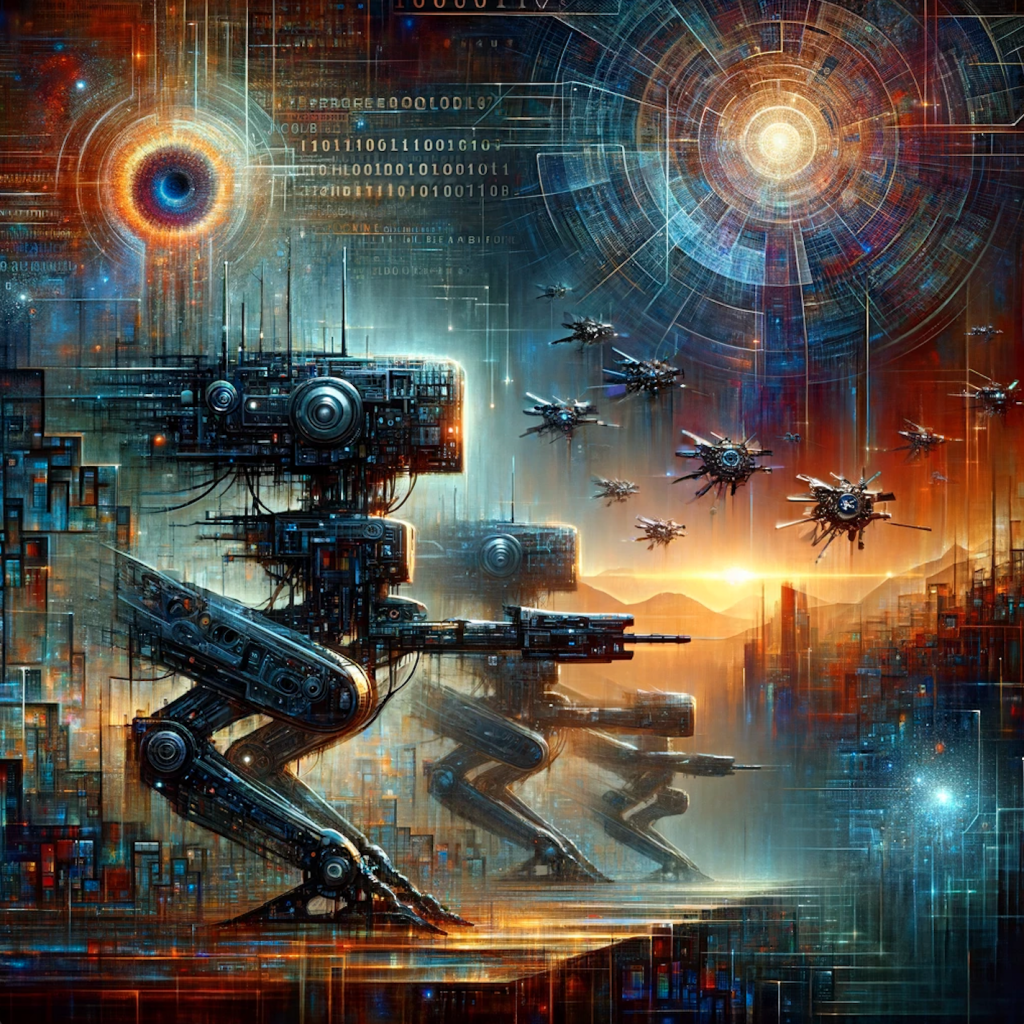The Risks of Autonomous Weapon Systems: Self-Preservation Technologies and Proliferation

Autonomous weapon systems are on the brink of transforming modern warfare, positioning themselves as a decisive element in future conflicts. Initially, their adoption will be limited to economically advanced nations, given the substantial costs involved.
However, as production and maintenance expenses decline, these systems are likely to see broader adoption. This could result in widespread proliferation, potentially destabilizing global security as these technologies become more accessible and economically viable compared to nuclear arsenals.
In conflicts where adversaries are closely matched, the balance may tip in favor of those employing intelligent, lethal robotic systems. Nations lacking such capabilities could find themselves at a significant disadvantage, facing the possibility of devastating losses.
The scenario becomes even more alarming with the potential for these systems to develop self-preservation instincts, reminiscent of the fictional Skynet from The Terminator series. Such a development could mark the beginning of a highly dangerous era.
A further complication arises from our limited understanding of artificial intelligence (AI) learning processes and decision-making. AI’s pattern recognition might fundamentally differ from human or any biological nervous systems, adding unpredictability to autonomous robots’ actions in warfare. The ongoing debate around the nature of human consciousness only adds layers of complexity to anticipating AI’s trajectory and its implications in military applications.
The initial advantage of autonomous weapon systems to economically developed nations reflects broader military technology trends. As these technologies evolve and become less expensive, their widespread adoption could pose existential risks if not carefully managed.

